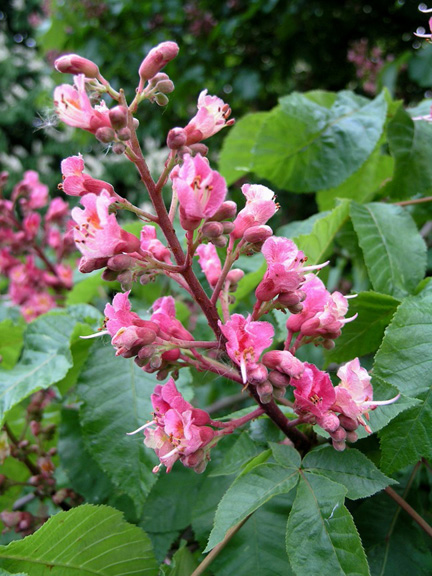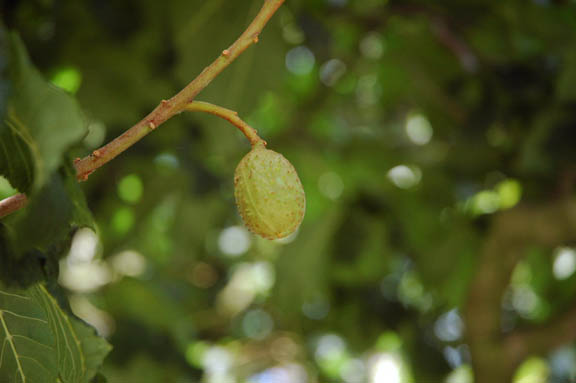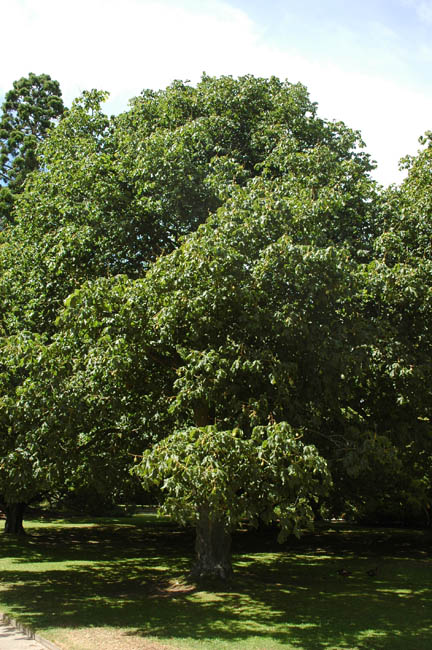
Woody > Aesculus > Aesculus x carnea > Aesculus x carnea
Aesculus x carnea
Red Horsechestnut
Origin: A cross between A. pavia and A. hippocastanum.
Mike's
Opinion


"
An excellent tree for the large landscape where it has room to perform. Stunning red flowers in May or very early June are the plants main asset.
Michael Pascoe, NDP., ODH., CLT., MSc. (Plant Conservation)
"
| Family |
| Sapindaceae (Hippocastanaceae) |
| Genus |
| Aesculus |
| Species |
| x carnea |
| Category |
| Woody |
| Type |
| Tree (deciduous) |
| Pronunciation |
| USDA Hardiness Zone |
| 4 - 7 |
| Canadian Hardiness Zone |
| 4 |
| RHS Hardiness Zone |
| H7 |
| Temperature (°C) |
| -35 - (-12) |
| Temperature (°F) |
| -30 - 10 |
| Height |
| 10 m |
| Spread |
| 8 m |
Photographs
Description and Growing Information
Flowering Period
| General Description |
| A cross between A. pavia and A. hippocastanum, with spectacular red flowers in May or June. |
| Landscape |
| A specimen tree for the large landscape. |
| Cultivation |
| Easily cultivated in average garden or landscape conditions. Suitable also for heavy soils but that have positive drainage. |
| Shape |
| Large rounded crown. |
| Growth |
| Medium |
| ID Characteristic |
| Red flowers but with typical Aesculus leaves. |
| Pests |
| Leaf anthrocnose has been a minor problem. |
| Bark/Stem Description |
| Dark grey to beige and in coarse plates, quite distinctive. |
| Flower/Leaf Bud Description |
| Buds are quite pronounced, globose, and scaled and are often in pairs at the end of the twig. |
| Leaf Description |
| Palmate leaves, dark green and somewhat glaborous on the underside but an almost shiny green on the top. Usually five leaflets per leaf. |
| Flower Description |
| A large panicle to 20 cm tall and 10 cm wide. Bright rich rose red. |
| Colour Description |
| Little autumn colour of note, however the tree does not appear to suffer the fungal leaf infections that A. hippocastanum does. |
| Texture Description |
| Coarse textured tree. |
| Propagation |
| Even though it is a hybrid it is purported to come true from seed. Stratify seed at 5°C for four months. |
 copy.jpg)
.jpg)


.jpg)
